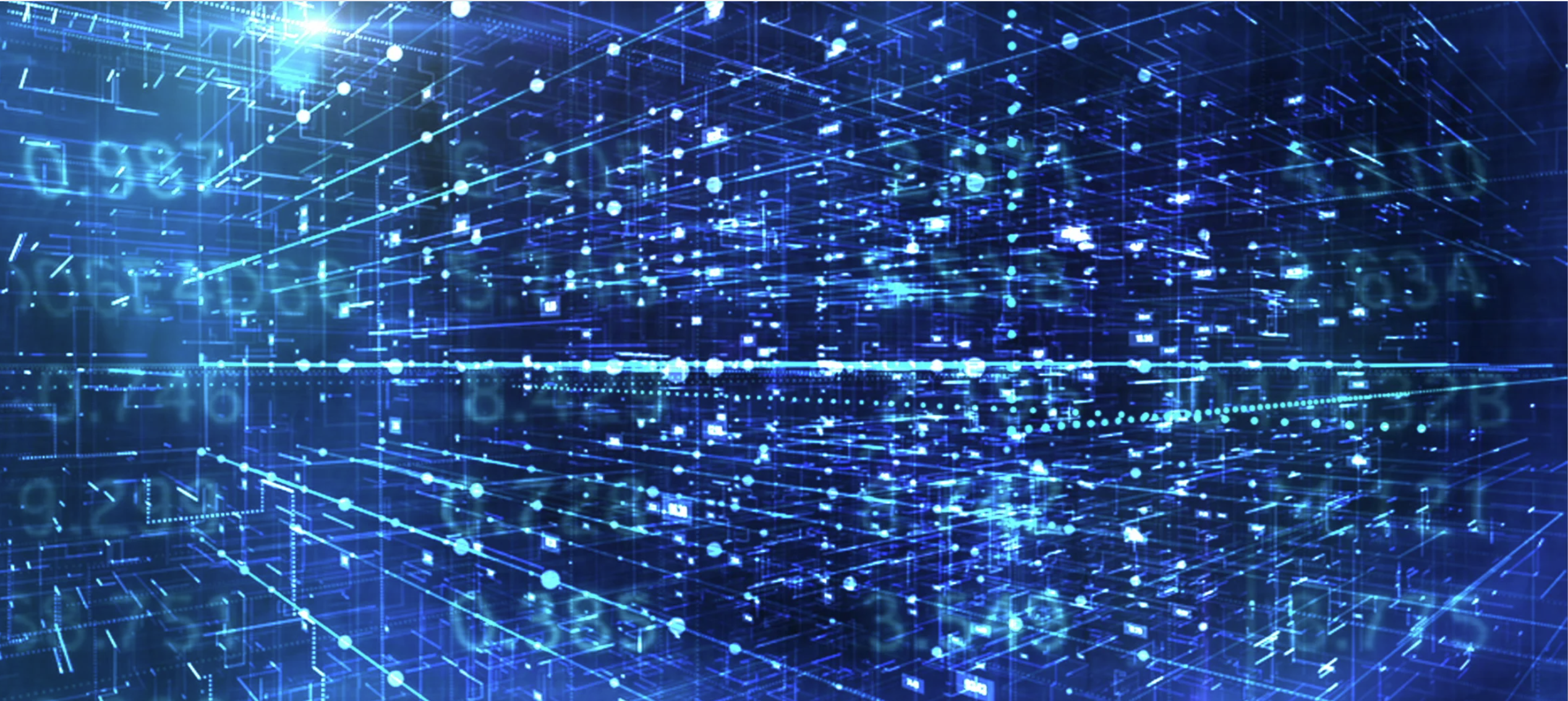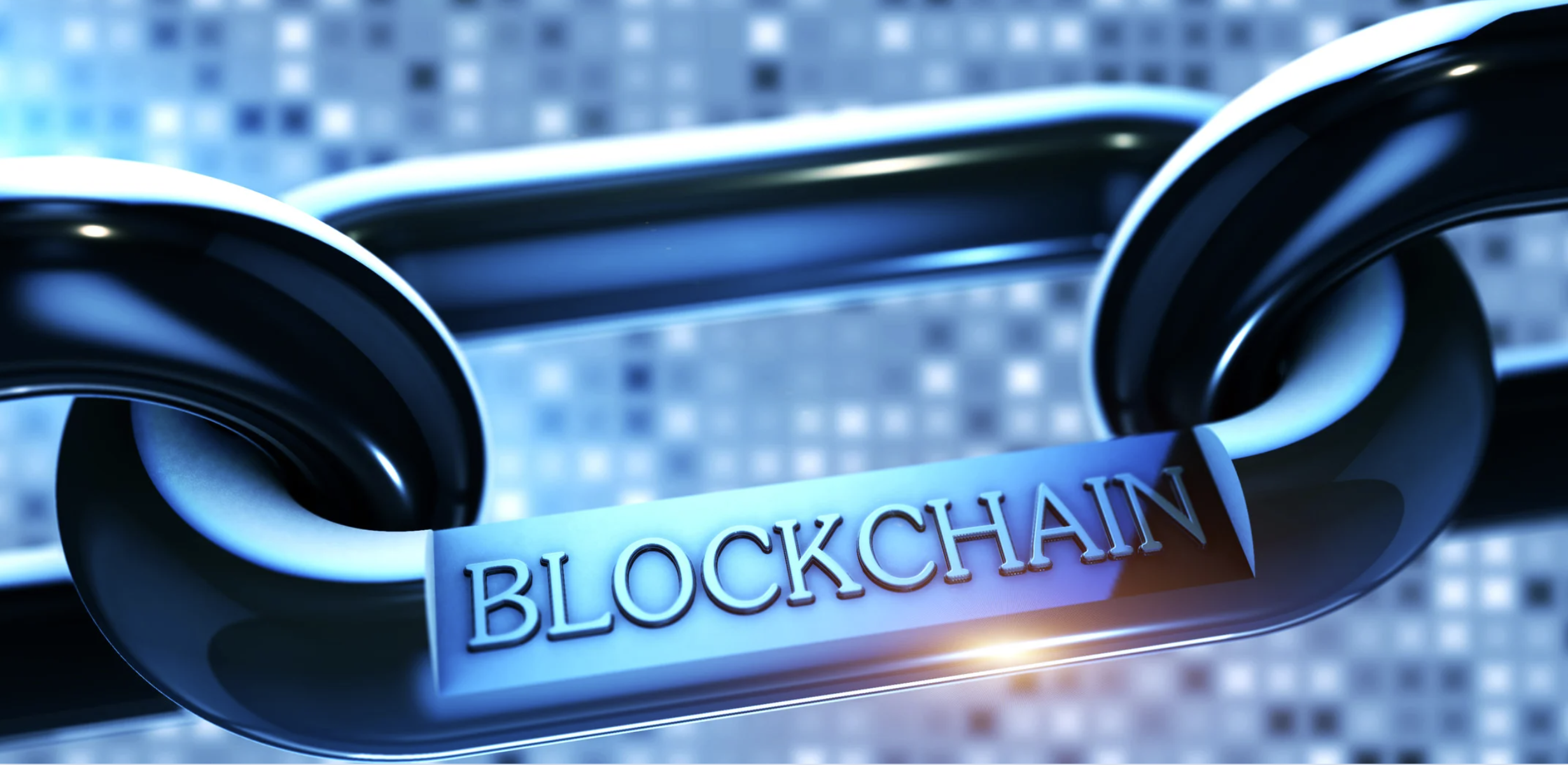Introducing the Product Liability Directive (Part I)
by Inline Policy on 19 Aug 2020
The continued growth and application of new technologies raises new challenges for regulators and policymakers. Alongside new policy frameworks, existing regulations need to be re-evaluated to ensure that they remain proportionate, effective, fit-for-purpose and ‘future proof’. One such regulation is the Product Liability Directive, with growing calls for it to be reviewed.
The Directive – which establishes a no-fault liability regime for producers – has been a key part of the EU’s liability regime since it was approved in 1985. Although expanded to include agricultural and fisheries products in 1999, key concepts and definitions in the Directive are seen as outdated and may no longer effectively cover new emerging technologies and related products.In this two-part series, we take a look at the Product Liability Directive and explore some key issues around its potential revision, as well as looking into how these changes could affect Artificial Intelligence (AI) products.
Introducing the Directive
The EU Product Liability Directive (85/374/EEC) established a technology-neutral, no-fault liability regime for products marketed in the European Economic Area (EEA). Stating that “the producer shall be liable for damage caused by a defect in his product”, consumers can access compensation for physical damage caused by a defective product. Consumers are required to prove the damage caused, the defect, and demonstrate a causal link to receive compensation. Producers are prohibited from introducing contractual clauses limiting or exempting them from liability. Producer liability is, however, conditional as producers are not liable in certain cases including where the defect was due to the product’s compliance with mandatory regulations.
There has already been considerable discussion on if – and how - the Directive could be revised. A May 2018 report by the European Commission on the Directive found that although the Directive’s overall objectives of consumer protection and competition in the Single Market remain relevant, potential changes could be made to improve its effectiveness. This includes, for example, updating key definitions of ‘product’, ‘producer’, ‘defect’ and ‘damage’ in the Directive to reflect the growing digital economy which is “increasingly integrated into dispersed multi-actor and global value chains with strong service components”. The Commission launched an Expert Group on liability and new technologies in 2017 to advise on the applicability of the Product Liability Directive to areas including new technologies and ‘new societal challenges’. In a November 2019 report, it noted that key challenges include changing definitions of ‘damage’, difficulties in providing causation – particularly regarding AI systems – and the applicability of fault-based liability regimes.
The European Parliament has also taken a strong interest in the potential review of the Directive. In an Internal Market and Consumer Protection (IMCO) Committee public hearing in January 2020, stakeholders broadly called on the Directive to be revised to ensure it remains fit-for-purpose and provides harmonised product liability across Member States. They made a number of suggestions, including revising key definitions and shifting the current burden of proof from the consumer to the producer or supplier. The concept of ‘damage’ could also be broadened to include damages related to areas such as data protection and privacy, discrimination and economic loss. The Committee on Internal Market and Consumer Protection (IMCO) more recently called for the European Commission to review the EU’s existing liability framework – including the Product Liability Directive – to determine whether it should be updated to provide effective consumer protection and legal clarity for businesses.
What are the issues?
From discussions in the Parliament and the Commission, it is clear that there is broad interest in updating definitions in the Product Liability Directive to revise its scope and coverage. These discussions are part of a broader rethink of the effectiveness of current liability regimes to new and emerging technologies, particularly Artificial Intelligence. So, what are the issues, and how could this affect businesses?
Defects are more difficult to prove in highly networked environments. Under the burden of proof, damage is more difficult to identify when ‘caused’ by AI-powered systems or automated decision-making. As products are now updated through new hardware and software, the Directive could be revised to address concepts of cumulative damage – e.g. through software updates – where damages occur after products are released. A new liability regime could perhaps revise the Directive’s product and technology-neutral regime to include a graded system for products – perhaps linked to the risks posed – or a sectoral approach.
Although the implications are complex, revising the Product Liability Directive to provide updated definitions could broaden the scope and coverage of the Directive to better protect consumers. This could potentially bring more businesses – for example developers of software components – under its scope. Updating concepts of ‘damage’ to users and consumers to potentially include damage to data and digital assets – breaches of data protection, for example – could also leave businesses liable for non-physical damage. Similarly, producers of updates or upgrades – rather than the producer of the product itself – could also be affected. Shifting the burden of proof from the consumer to the producer could, for example, both help empower consumers to bring claims against firms for damages and allow them to access assistance to prove their claim.
For businesses, revising the Directive could help achieve greater harmonisation of liability regimes across the Single Market. It could also provide greater legal clarity for both businesses and consumers. There are already signs, however, that any potential review of the Directive could be controversial. Orgalim, an industry association representing companies in Europe’s tech sector, has voiced its concern over potential changes including software or pure data under the definition of ‘product’, changing the definition of ‘defect’, shifting the burden of proof, and broadening definitions of damage. It argued that although further clarity is needed, the Directive is technology-neutral, provides legal certainty, and should not be revised.
Looking forward
Discussions on the Product Liability Directive are part of broader rethink on changes to harmonised EU-level liability frameworks and Member State-level policy, as well as the impact of new technologies. Politically, there is clear concern over the impact of new technologies on consumer protection and rights. In practice, however, changes to the Product Liability Directive – and related legislation – could have a significant impact on businesses.
Topics: Artificial Intelligence (AI), Regulation, Technology






Comments